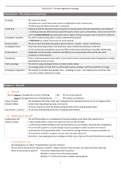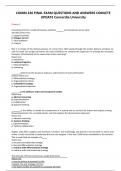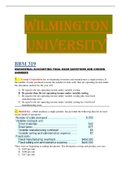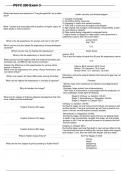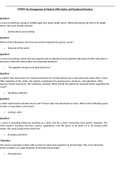Samenvatting
Summary Book to Course Sociology 1st BA SES
This is a self-made summary of the core concepts from the book Terrible Magnificent Sociology of Lisa Wade. I studied these two documents and the power point slides and obtained a 16/20.
[Meer zien]
